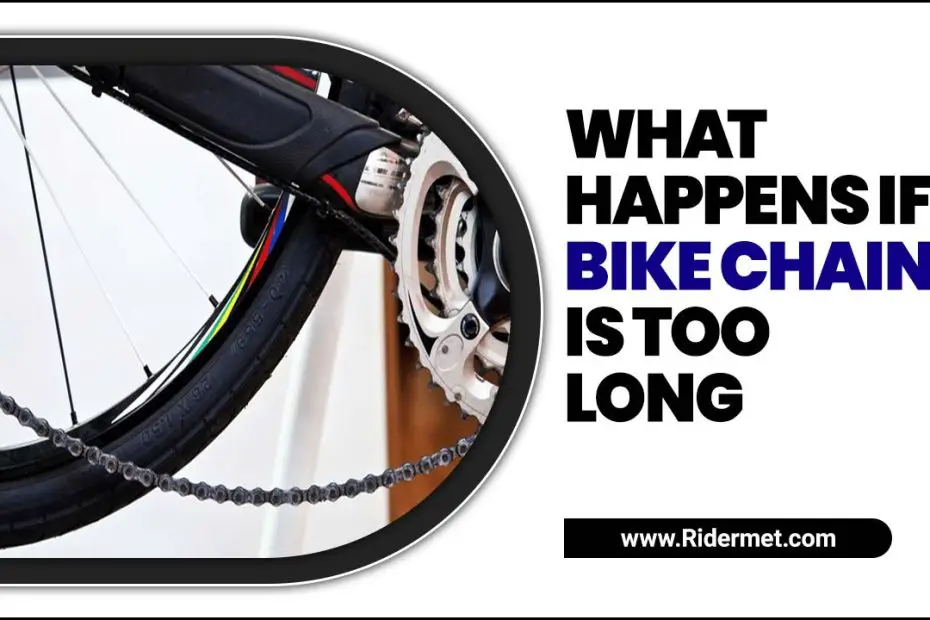A well-maintained bike is essential for a smooth and enjoyable ride. Every part of a bike plays a crucial role in its performance, from the tires to the brakes.
However, one component is often overlooked, yet it plays a significant role in the functionality of a bike – the largest chain. A bike chain is responsible for transferring power from the pedals to the wheels, making it a critical element in the smooth operation of a bike.
But what happens if the bike chain is too long? Does it affect the overall performance of the bike? We delve into the possible consequences of having a bike chain that is too long and what happens if bike chain is too long. So, let’s explore the potential issues arising from a too-long bike chain and how to avoid them.
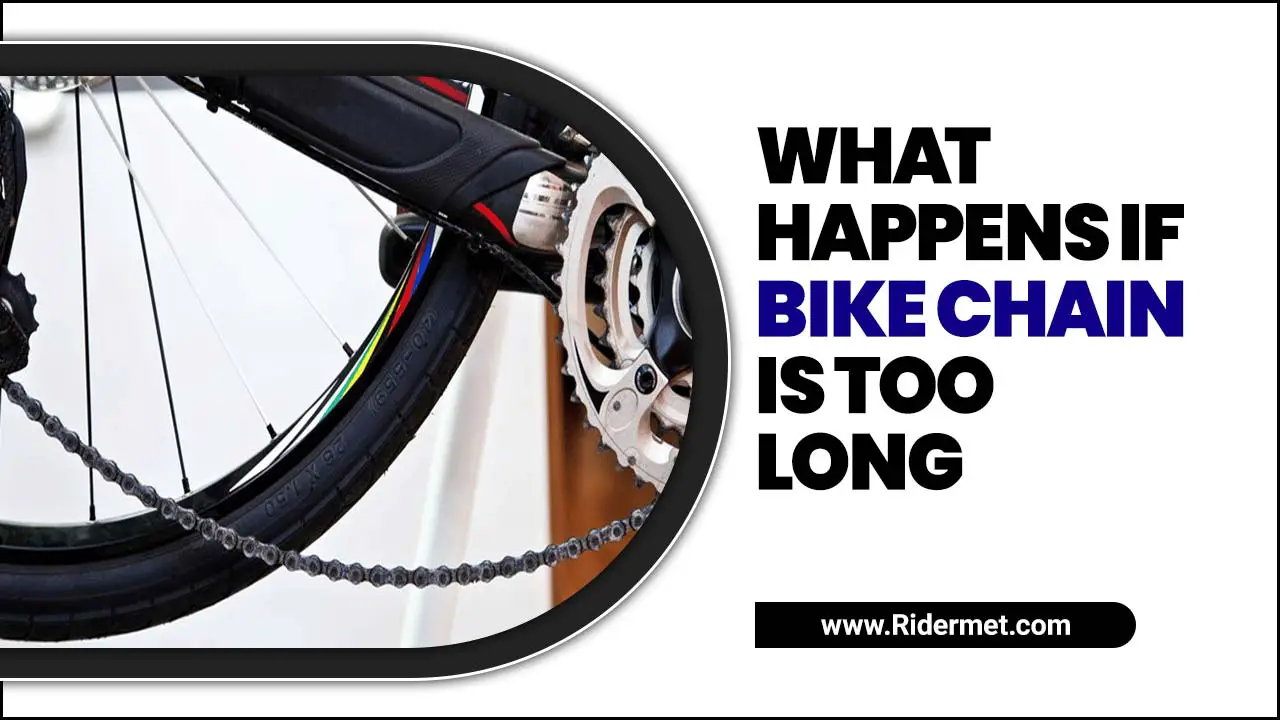
Signs Of A Bike Chain That Is Too Long
If your bike chain is too long, it can cause problems. The excess length will make it difficult to pedal, which could lead to accidents. Additionally, the chain will wear down more quickly and may need to be replaced sooner. If you’ve got a bike with a longer chain than necessary, take a few minutes to shorten it up.
This simple fix will help keep you safe. If you notice any of these signs, having your bike’s chain length checked and adjusted by a professional bike mechanic is recommended. Signs of a bike chain that is too long include:
- Excessive chain slack
- Difficulty in shifting gears
- Increased wear on the drivetrain components
- An overly long chain can create a rattling or clattering noise while pedaling.
- Decreased power transfer
- Increased risk of chain derailment
- Chain Dropping off the Chainrings or rear axle Cassette
What Happens If Bike Chain Is Too Long – Explained With Details
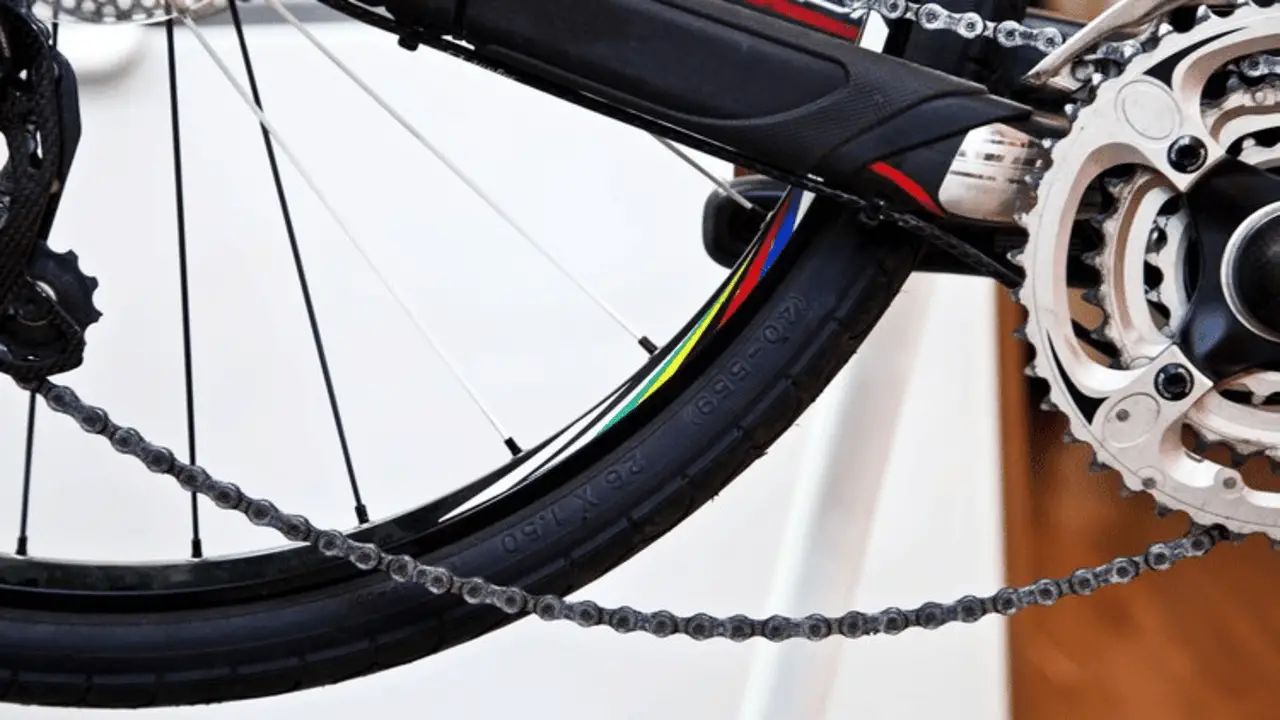
Understanding the potential consequences of having a bike chain that is too long is crucial for every cyclist. Regarding bike maintenance, the length of the chain snug rings plays a significant role in ensuring smooth and efficient pedaling. A chain that is too long can lead to a range of issues that can negatively impact the performance and safety of the rider.
Poor shifting is one of the primary concerns of having an excessively long & loose chain. The derailleur system, responsible for moving the chain between gears, relies on the correct size of the chain tension. Below, we will discuss what happens if bike chain is too long.
1.Effects Of A Long Chain On Bike Performance
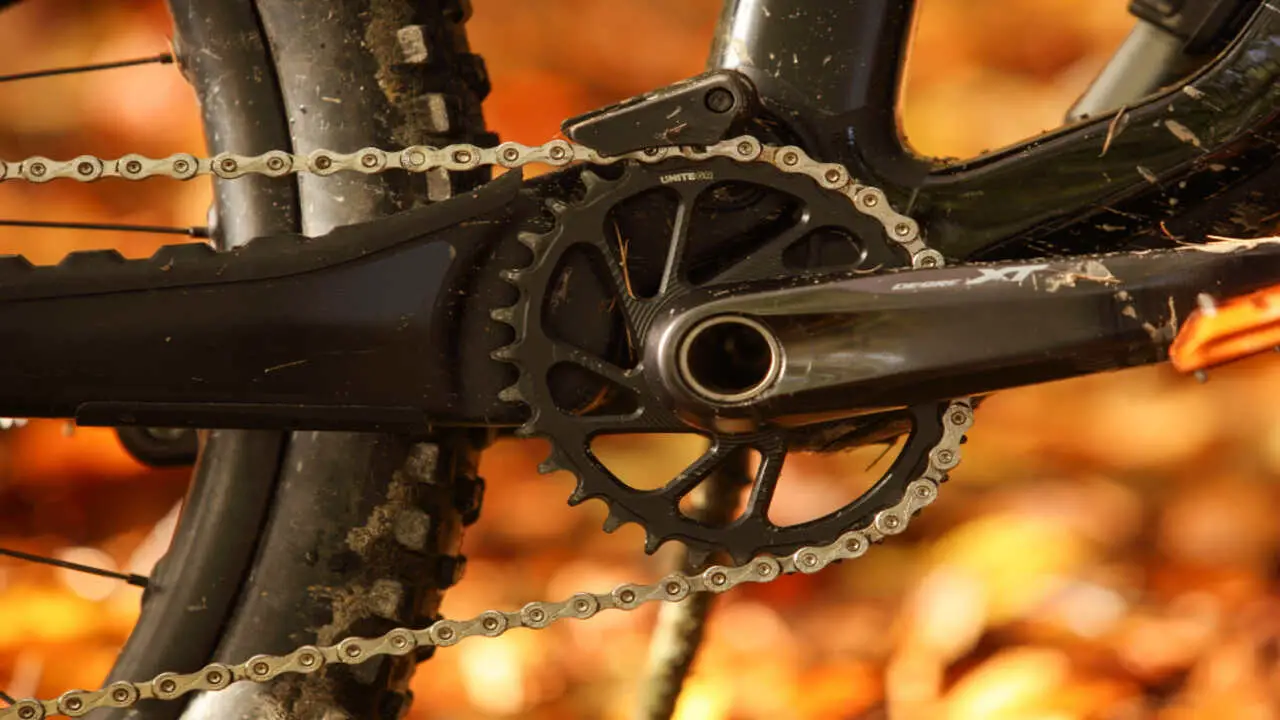 The length of a road bike chain plays a crucial role in determining its overall performance and efficiency. When a bicycle chain is too long, it can hurt various aspects of its functionality on any drive train. One of the primary effects of a long chain is a decrease in power transfer.
The length of a road bike chain plays a crucial role in determining its overall performance and efficiency. When a bicycle chain is too long, it can hurt various aspects of its functionality on any drive train. One of the primary effects of a long chain is a decrease in power transfer.
A longer chain with extra links creates more slack, which results in energy loss as it moves through the drivetrain. This loss of power can significantly affect the bike’s acceleration and overall speed. Complete links are essential for the proper functioning of a bike chain.
2.Excessive Slippage And Skipping Gears
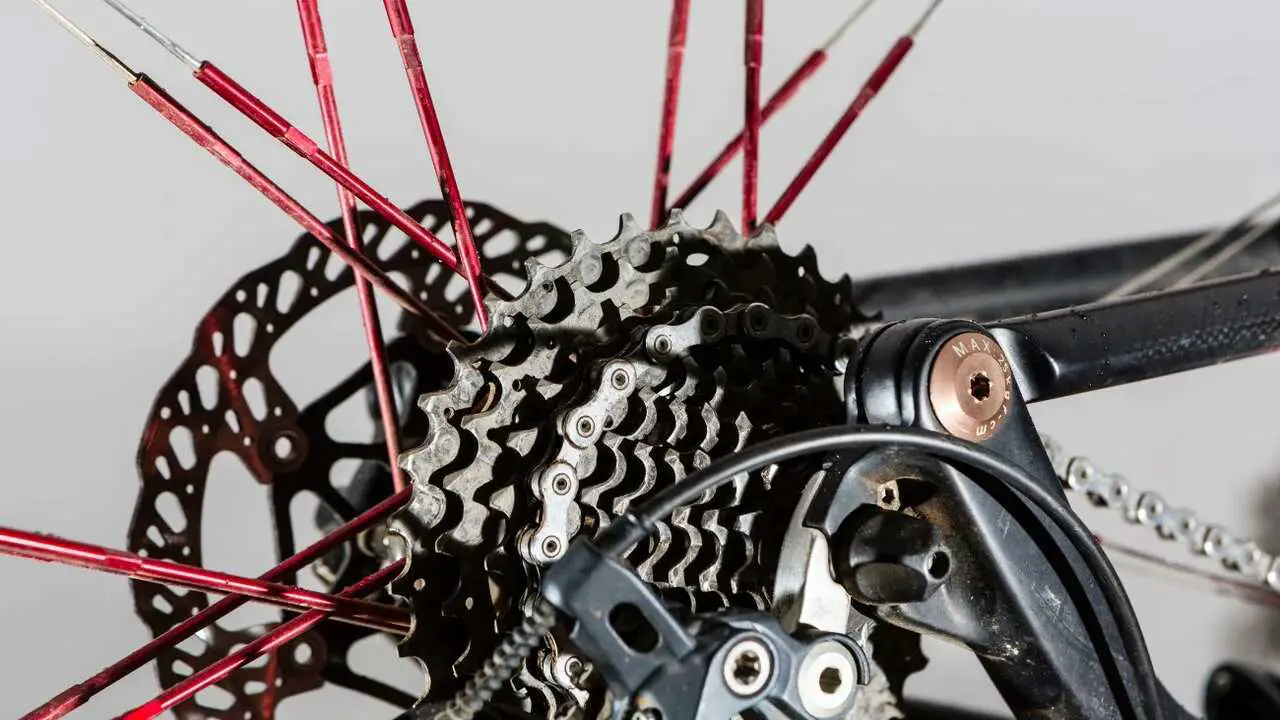
Excessive slippage and skipping gears are common issues that cyclists may encounter when their bike chain is too long. While a longer chain may seem convenient to accommodate different gears and riding conditions, it can cause many problems.
When the chain is too long, it tends to have excessive slack, leading to slippage on the chainrings and cassette. This slippage occurs when the chain cannot maintain proper tension and fails to engage fully with the teeth of the gears. Consequently, the rider experiences a loss of power transfer, making it difficult to maintain a consistent and efficient pedaling motion. This can be particularly frustrating when navigating uphill terrains or attempting to accelerate quickly.
3.Increased Wear On Drivetrain Components
When the outer links are too long, they become loose and may start to sag. This excessive slack in the loose bike chains can cause it to slap against the chainrings and cassette, leading to increased wear on these components. The constant impact can cause the teeth on the largest chainring and cassette to wear down more quickly, compromising their performance and longevity.
Moreover, a loose and sagging chain is likelier to skip or slip, especially when the rider applies force during pedalling. This affects power transfer efficiency and puts additional link stress on the drivetrain components.
4.Potential Damage to Frame and Rear Derailleur
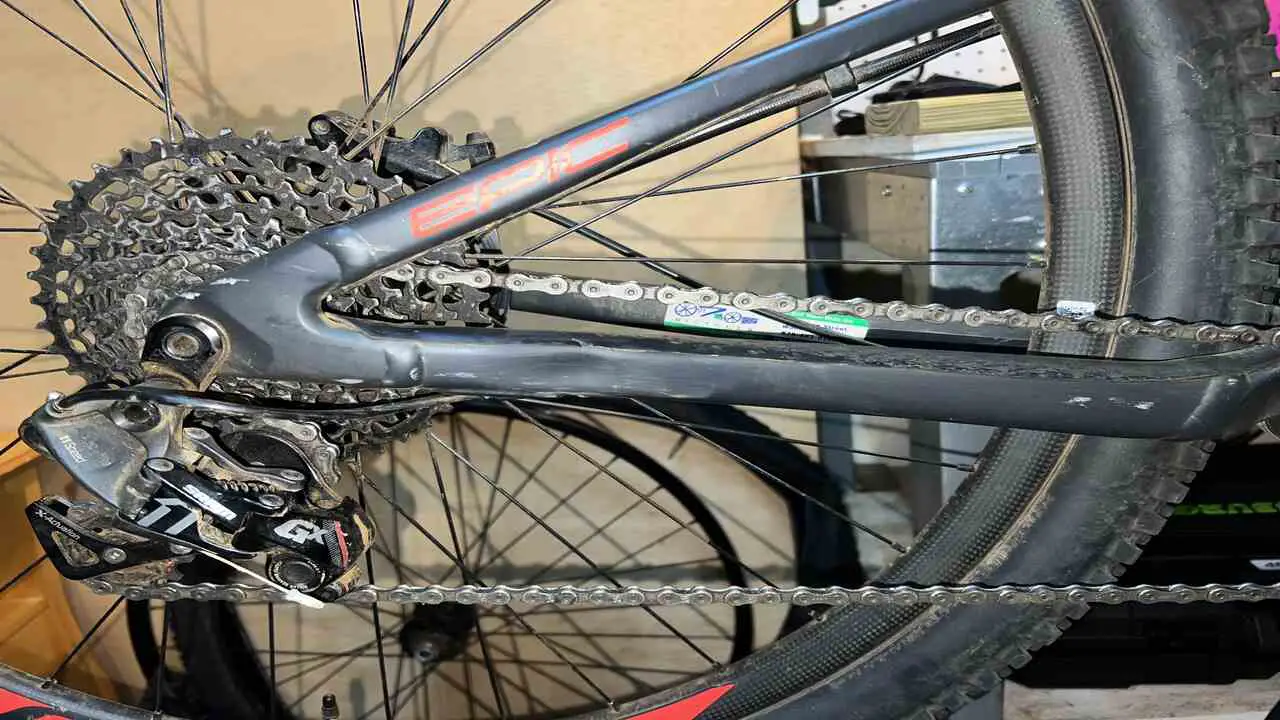
Regarding the proper functioning of a bicycle, the length of the chain plays a crucial role. A chain that is too long can lead to potential damage to the rear wheel, frame and rear sprocket derailleur, both of which are integral components of the bike’s drivetrain system.
- Chain pins can cause the chain to slip or skip gears while riding
- A chain that is too long can damage the frame and rear derailleur
- Excessive slack and sagging can occur if the chain is too long
- This can cause the chain to rub against the frame and lead to wear and tear
- Carbon frames are particularly susceptible to damage from chain rubbing
- A longer chain can misalign the rear derailleur
- Misalignment can result in poor shifting performance, chain skipping, and derailleur damage.
Fixing A Long Bike Chain
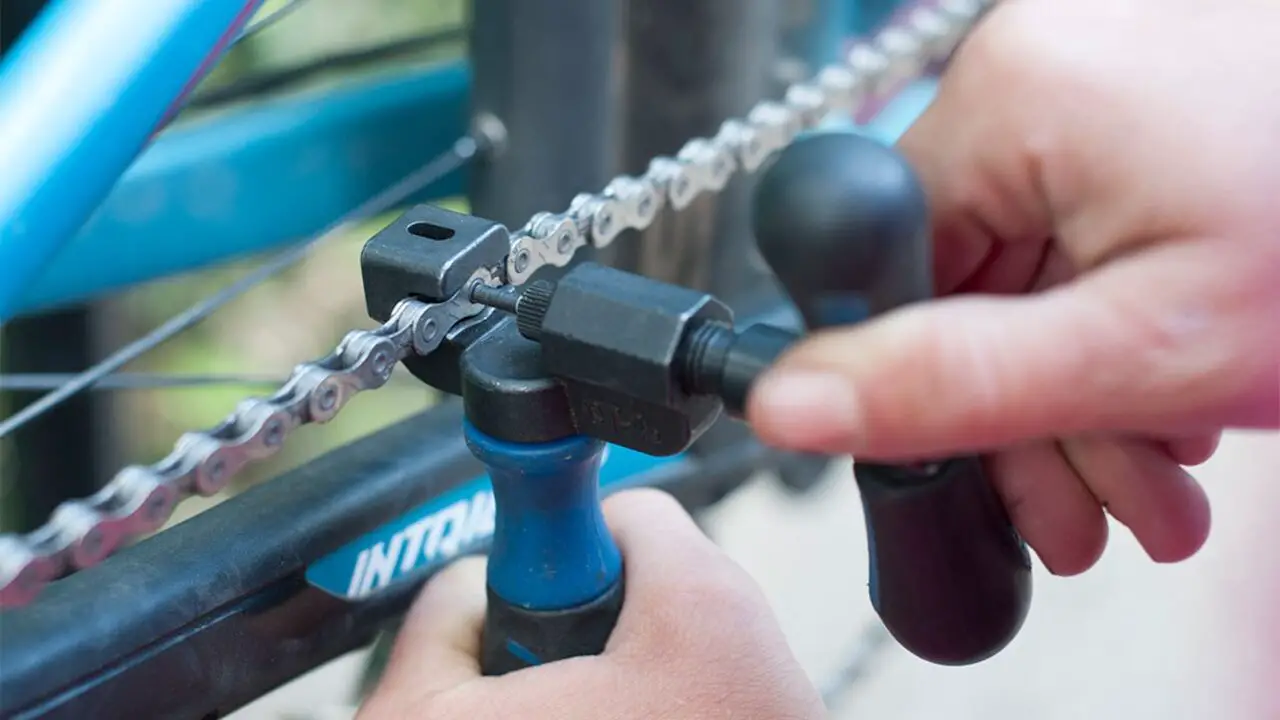
It is crucial for any cyclist to know how to fix a long bike chain, as it ensures a safe and efficient riding experience. When a bike chain becomes elongated or stretched, it can lead to problems such as poor shifting, slipping gears, and even chain derailment.
Therefore, understanding the importance of fixing a long bike chain is essential for maintaining your bicycle’s overall performance and longevity. The big-big combo refers to the gear combination on a bicycle where the front chainring is in the largest ring and the rear cassette is in the largest cog.
Assessing Chain Length And Wear
When assessing chain length and wear in bicycles, it is crucial to ensure the proper functioning and longevity of the bike. A well-maintained chain is essential for smooth gear shifting and efficient power transfer. To assess the chain length, one must measure it using a chain checker tool.
This tool accurately records the chain’s stretch and wear, indicating if it is time for a replacement. Mountain bikes are popular among outdoor enthusiasts for their durability and versatility. Link chains are essential components of a bike’s drivetrain system.
Proper Chain Sizing
Proper chain accurate sizing is crucial for ensuring optimal performance and longevity of a bicycle. A correctly sized chain not only enhances the overall efficiency of the bike but also reduces the risk of mechanical issues such as chain slippage or damage to the drivetrain. The chainstay may become excessively stretched or strained if the bike chain is too long. Slight bends in the bike chain can indicate that it is too long and needs to be adjusted.
Following a systematic approach to achieving the desired results is essential when fixing a long bike chain. Firstly, it is important to assess the current chain state of the chain. This involves examining the wear and tear, checking for any damaged or bent extra chain links, and determining if there is any excessive stretching.
Adjusting The Chain Length
Adjusting the chain length is essential for fixing a long bike chain. A long bike chain can lead to poor shifting performance, excessive wear, and potential damage to the drivetrain components. Therefore, addressing this issue promptly and accurately is crucial to ensure a smooth and efficient cycling experience.
Systems play a crucial role in maintaining the efficiency and functionality of various processes. Damage can occur if a bike chain is too long. The universal chain tool is essential for cyclists to adjust or remove bike chains.
The Importance Of Proper Chain Length
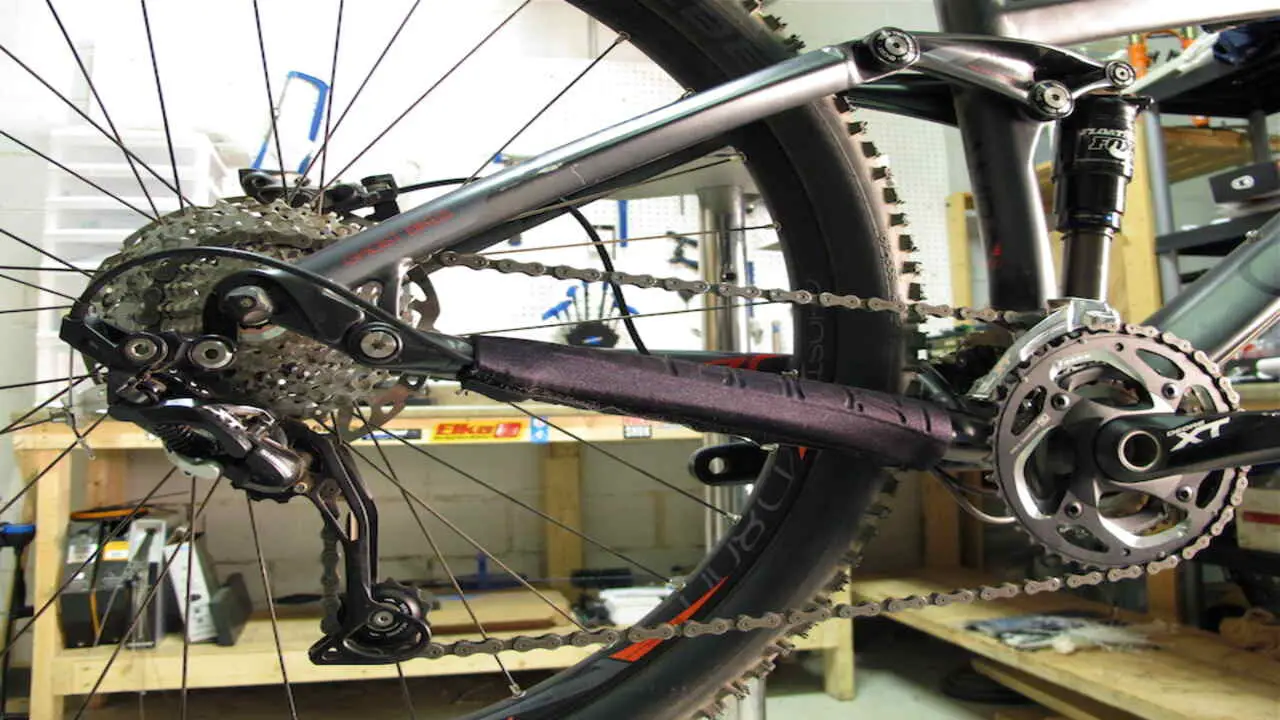
Proper chain length is essential for optimal bike performance and efficiency. It guarantees smooth shifting, reduces the risk of chain skipping or dropping, and prevents unnecessary wear on drivetrain components.
However, a chain that is too long can cause issues, while a chain that is too short can lead to poor shifting performance and potential damage to the derailleur. It is important to check and adjust the chain length regularly to prolong the chain’s lifespan and other drivetrain parts.
- Proper chain length is crucial for optimal bike performance and efficiency
- Having the correct chain length ensures smooth shifting and reduces the risk of chain skipping or dropping
- A chain that is too long can cause unnecessary wear and tear on the drivetrain components
- Conversely, a chain that is too short can lead to poor shifting performance and potential damage to the derailleur
- Regularly checking and adjusting chain length can help prolong the lifespan of the chain and other drivetrain parts
- It is recommended to consult a professional or refer to the bike’s manual for guidance on determining the correct chain length.
How To Correct A Long Chain
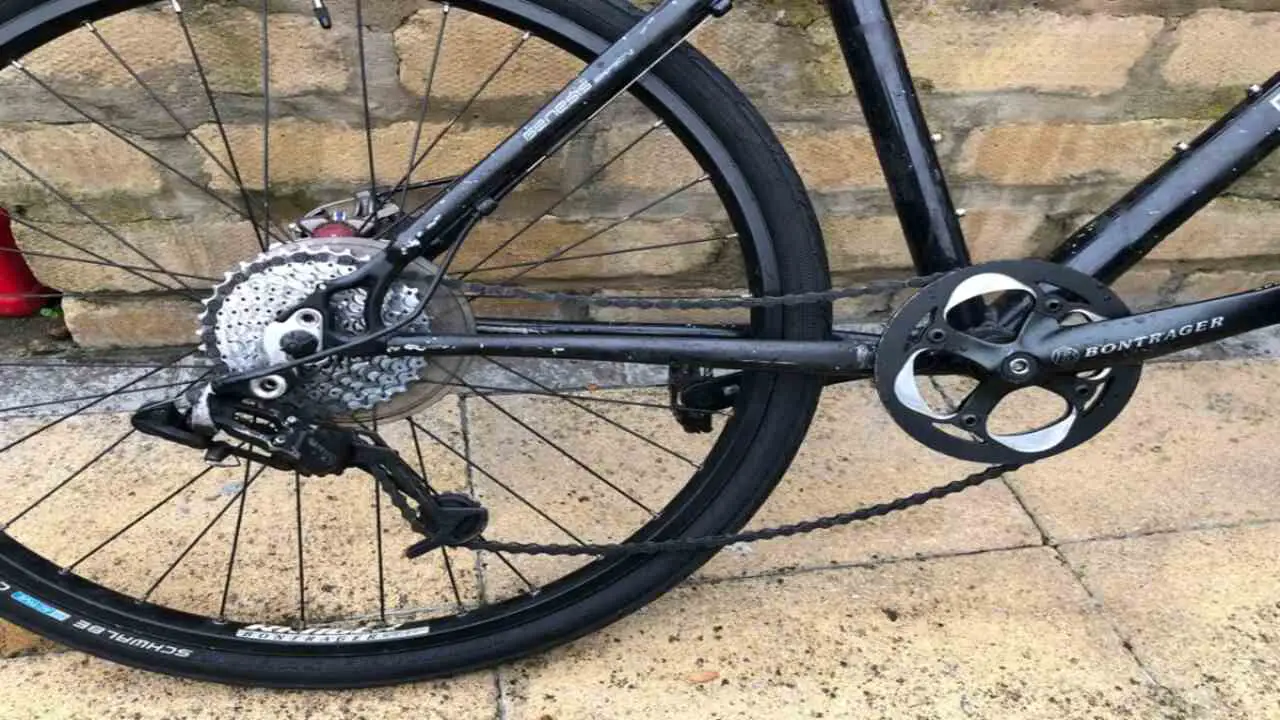
To correct a long chain, first identify the problematic section. Then, break it down into smaller, manageable sections. Analyze each section to understand the cause of the problem and determine the best solution. Implement the necessary changes and test each corrected section to ensure proper functionality.
Once all sections are fixed, reconnect them to form an improved chain. Lastly, review the entire chain to confirm that all sections are corrected and functioning well. Regularly monitor the chain to prevent it from becoming long again in the future.
- Identify the long chain that needs correction
- Break down the chain into smaller sections
- Analyze each section to understand the cause of the problem
- Determine the best solution for each section
- Implement necessary changes for each section
- Test the corrected sections
- Reconnect the sections to form a new chain
- Review the entire chain for corrections and functionality
- Monitor the chain regularly to prevent it from becoming a long chain rivet again in the future.
Preventive Measures: Maintaining The Correct Chain Length
To maintain your bike chain’s longevity and performance, follow these guidelines. First, use a chain checker tool to assess its length regularly. If it exceeds the recommended limit, replace it with a new one. Keep the chain clean and lubricated to prevent excessive wear.
Avoid cross-chaining to minimize strain. Installing a chain guard or catcher helps prevent it from slipping off the chainrings. Proper front and rear derailleur adjustment ensures smooth shifting and reduces chain stress. Never shift gears under heavy load. Regularly inspect the chain for any signs of damage, such as bent quick links or rust, and promptly address any issues.
- Identify the long chain that needs to be corrected.
- Break down the long chain into smaller, manageable sections.
- Analyze each section to understand the cause of the problem.
- Determine the best solution for each section of the long chain.
- Implement the necessary changes to correct each section
Conclusion:
Knowing what happens if bike chain is too long can cause various issues, from decreased efficiency and performance to potential damage to the bike itself. A chain that is too long can cause issues such as dropping gears, skipping, and even breaking. It is always recommended to consult with a professional or refer to your bike’s manual for guidance on proper chain length.
It is important to regularly check and adjust the length of your bike chain to ensure optimal functionality and safety. If you are unsure about how to adjust your bike chain properly, it is recommended to seek the assistance of a professional bike mechanic. Taking care of your bike chain ensures a smoother and more enjoyable ride every time.
FAQs
Can Too Long A Chain Cause Skipping?
Yes, a chain that is too long can cause skipping. When a bicycle chain is too long, it may not properly engage with the teeth on the cassette or chainring, resulting in the chain slipping or skipping.
Does Chain Length Affect The Speed Of The Bike?
Yes, chain length can affect the speed of a bike. A longer chain can result in a slower speed, as it increases the distance the power needs to travel from the pedals to the rear wheel.
Does The Length Of A Chain Matter?
Yes, the length of a chain can matter, depending on the context. In some cases, a longer chain may be needed to reach a desired distance or connect multiple objects.
Why Do Bikes Give Jerks When Accelerating?
One common reason is the lack of smooth throttle control, where riders apply too much throttle too quickly, causing a sudden surge of power. This abrupt increase in power can lead to jerky movements.
Why Does My Bike Chain Skip On High Gears?
Your bike chain may be skipping on high gears due to a few potential reasons. It could be a result of a worn-out cassette or chainring, causing the teeth to be too worn down to properly engage with the chain.

I am passionate about writing blogs about bikes. I love riding my bike and love talking about it even more. My blog is the perfect place for anyone who loves biking as much as I do. Come check it out and learn some tips and tricks from me!
